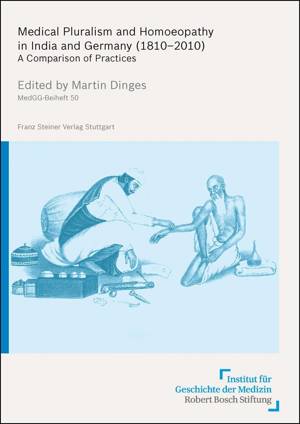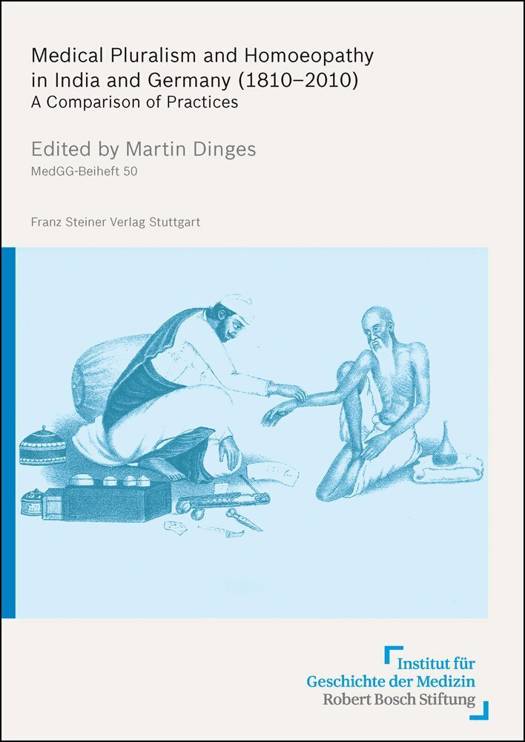
- Afhalen na 1 uur in een winkel met voorraad
- Gratis thuislevering in België vanaf € 30
- Ruim aanbod met 7 miljoen producten
- Afhalen na 1 uur in een winkel met voorraad
- Gratis thuislevering in België vanaf € 30
- Ruim aanbod met 7 miljoen producten
Zoeken
Medical Pluralism and Homoeopathy in India and Germany (1810-2010)
A Comparison of Practices
€ 124,45
+ 248 punten
Omschrijving
Medical Pluralism is by now recognized as a reality in many countries. Studies, however, bringing together anthropologists and historians working on this subject are still rare. A comparative view on Germany and India with their different patterns of institutionalisation of medical pluralism is particularly rewarding. This volume focuses on practices starting with the story of a Transsylvanian lay healer who functioned in Lahore as a cultural broker. Indigenising of homoeopathy in Bengal shows a particular mode of appropriation. Patients and their choices are considered for the late 19th and late 20th century Germany and in present day India. In addition to the practices of lay healers as health care providers in Bengal and in Indian slums, independent General Practitioners and physicians working in the public health care system are analysed too. A case study of an Indian hospital shows a pragmatic way to introduce medical pluralism into a modern "allopathic" institution. The political debate on medical pluralism e.g. in the German Reichstag in the beginning of the 20th century is also one of the topics. The book concludes with a theoretical reflection on the concept of medical pluralism.
Specificaties
Betrokkenen
- Uitgeverij:
Inhoud
- Aantal bladzijden:
- 250
- Taal:
- Engels
- Reeks:
- Reeksnummer:
- nr. 50
Eigenschappen
- Productcode (EAN):
- 9783515104845
- Verschijningsdatum:
- 29/01/2014
- Uitvoering:
- Paperback
- Formaat:
- Trade paperback (VS)
- Afmetingen:
- 170 mm x 239 mm
- Gewicht:
- 657 g

Alleen bij Standaard Boekhandel
+ 248 punten op je klantenkaart van Standaard Boekhandel
Beoordelingen
We publiceren alleen reviews die voldoen aan de voorwaarden voor reviews. Bekijk onze voorwaarden voor reviews.







